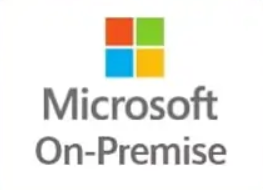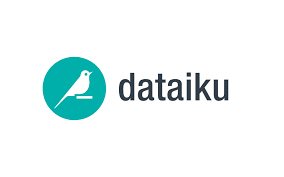
Case Study – Analytics Use Case Identification & Prioritization
A large multinational bank in Saudi Arabia faced significant challenges within its Human Resources (HR) department after implementing Oracle ERP across various business functions. The
As part of our advisory services, we offer comprehensive solutions for assessing an organization’s data analytics maturity, conducting gap analysis, and developing roadmaps. Our Intelligence Management framework includes detailed studies on data sources, access, curation, reporting tools, report maturity, and dissemination.
We provide Advisory Services to businesses across the UAE, Dubai, Abu Dhabi, KSA – Saudi Arabia, Oman, Bahrain, Kuwait, and Qatar, helping organizations in the region elevate their data analytics capabilities and achieve strategic goals.
Sol’s approach to Data Audit comprises of 3 broad steps as shown below. The first step involves the implementation of Sol’s framework for assessing data maturity. The second assesses the prioritization of change across the different departments in an Organization after completing the Gap Analysis. The final step involves the development of the roadmap and its implication in terms of investments and outcomes.
Sol’s approach to Data Audit is structured into three key steps:
The first step involves implementing Sol’s framework for evaluating data maturity within an organization. This framework enables a comprehensive assessment of current data practices and identifies areas for improvement.
Following the assessment, Sol conducts a thorough gap analysis to identify discrepancies between current practices and desired outcomes. This step involves prioritizing changes across different departments based on their impact and urgency.
The final step focuses on developing a strategic roadmap to guide the organization towards achieving its data objectives. This roadmap outlines the necessary investments and expected outcomes, ensuring alignment with the organization’s goals and resources.
By following this structured approach, Sol enables organizations to effectively evaluate their data capabilities, prioritize necessary changes, and develop actionable strategies for driving data-driven success.
Sol’s Audit framework covers the entire aspects of Data evolution right from the
origin sources, ingestion, profiling, utilisation and visualization.

Data is residing in a database, is accurate, complete & unique. The data is being captured continually and has certain level of periodicity & historicity. It has a proper backup (DR) system.

Data is readily accessible in a central repository, is automatically updated, there is self sufficiency in skills & access & the scheduling access can be scripted by internal IT team.

Data is structured & transformed through proper transformation (ETL process), has calculations (derived metrics) for aggregation & all data security norms are considered during the transformation.

The report generation is automated. It has drill down capability for root cause analysis with intelligence aspects and the reports are updated timely and the information is recent.

The reports are sophisticated in terms of insights with Descriptive & Predictive analytics. It provides value for business ROI assessment,

The report are automatically disseminated through a role – based access system and users can securely share the same with internal and external stakeholders.





A large multinational bank in Saudi Arabia faced significant challenges within its Human Resources (HR) department after implementing Oracle ERP across various business functions. The